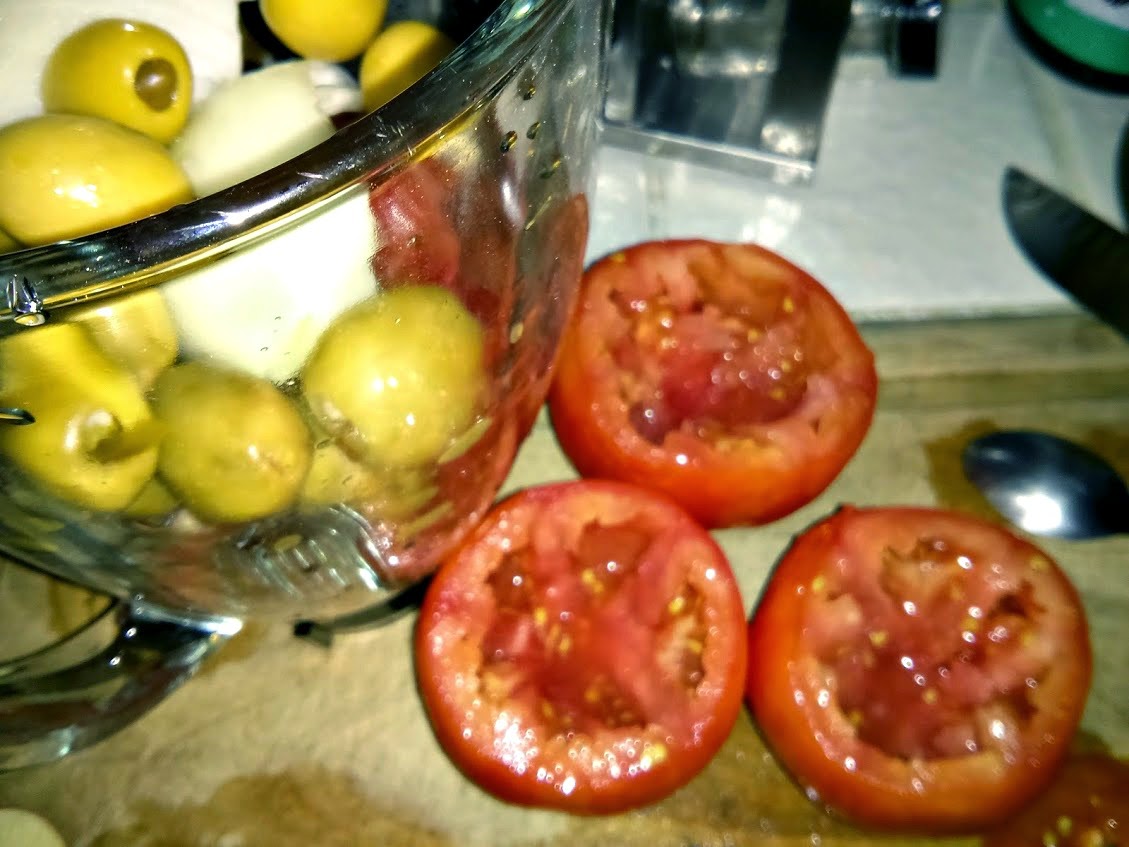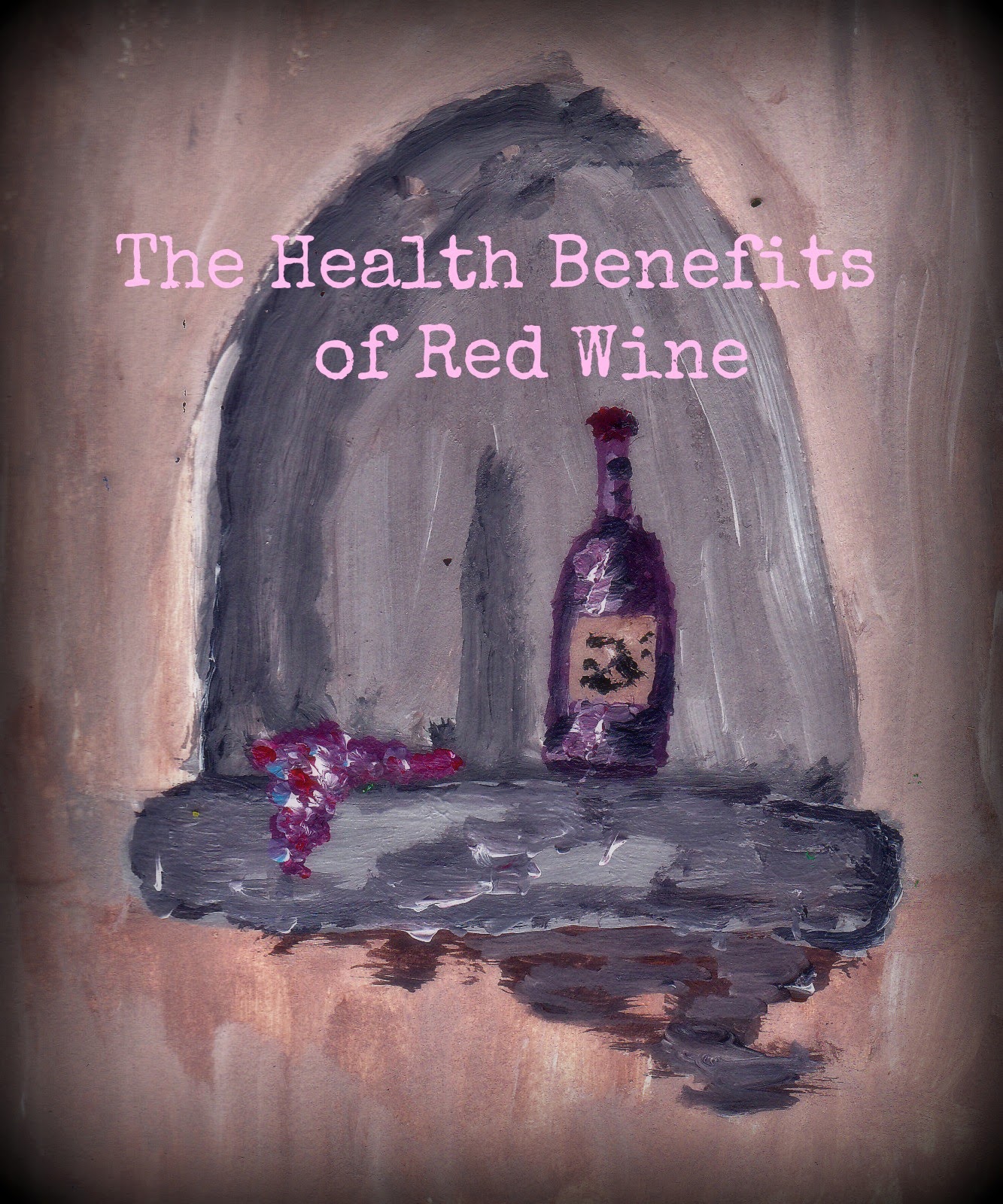You can eat right without losing the taste. Eating
healthy sometimes requires adjusting our taste buds to food of higher nutritional
value. Stuffed tomatoes is an excellent recipe that is full of nutrients that
support your fitness goals, doesn’t require much time, and holds its natural
tastes.
If you’re looking to make a simple side dish to complement
your rice or sit in sizzle with your steak consider stuffed tomatoes. It is a
low calorie option that doesn’t take much effort to prepare and complements a
wide variety of pallets. This is a helpful recipe that improves on just about
any dish you are planning to serve.
 It is beneficial to incorporate a healthy amount of
tomato into your diet. Research has shown that the tomato protects against cardiovascular
disease, ultraviolet light, osteoporosis, and cognitive dysfunction
(Burton-Freeman & Reimers, 2011). It also acts like an antioxidant that
removes harmful pollutants from the body.
It is beneficial to incorporate a healthy amount of
tomato into your diet. Research has shown that the tomato protects against cardiovascular
disease, ultraviolet light, osteoporosis, and cognitive dysfunction
(Burton-Freeman & Reimers, 2011). It also acts like an antioxidant that
removes harmful pollutants from the body.
182 calories
Directions:
-Cut tops off of tomatoes and scoop out pulp.
-Use blender to chop olives, carrot, garlic clove, oregano
and vegetable broth.
-Place pulp mix in frying pan and sauté with wine or
vegetable broth. Cook a couple of minutes until tender. Let cool for a couple
minutes.
-Mix in bread crumbs, parmesan cheese and basil.
-Stuff each tomato with the pulp mixture and replace
tops.
-Put stuffed tomatoes in greased baking dish. Cook
at 350 degrees for 15-20 minutes.
Ingredients:
-
4 tomatoes
-
1 carrot
-
1 stick
celery
-
1 onion
-
1 garlic
clove or salt
-
Oregano
-
2 tsp
olive oil
-
1 tbsp
white win or vegetable broth
-
2/3 cup
bread crumbs or healthier alternatives.
-
4table
spoon parmesan cheese.
-
Basil
Burton-freeman, B. & Reimers, K. (2011). Tomato
consumption and health: emerging benefits. American
Journal of Lifestyle Medicine, 5 (2).
